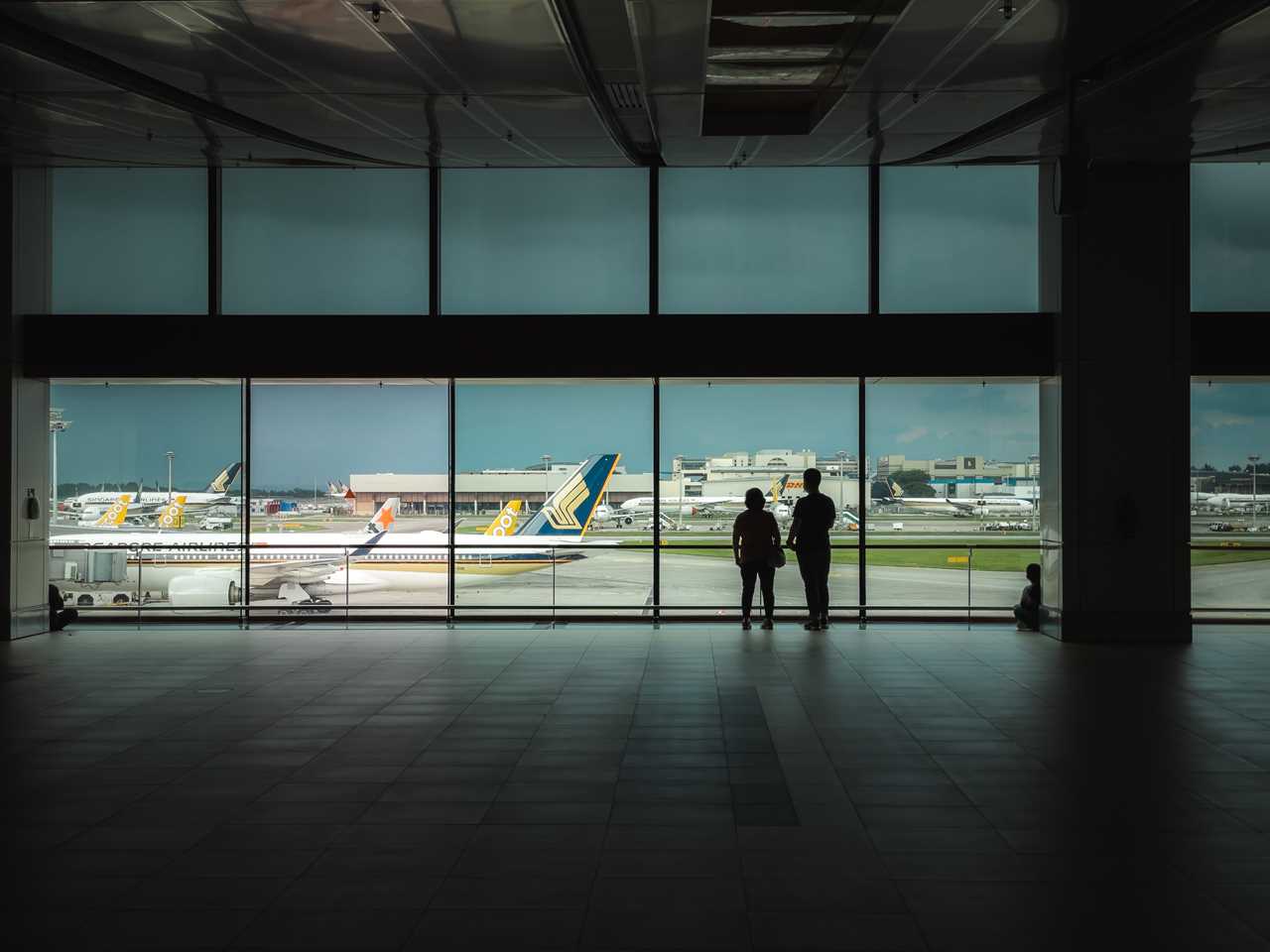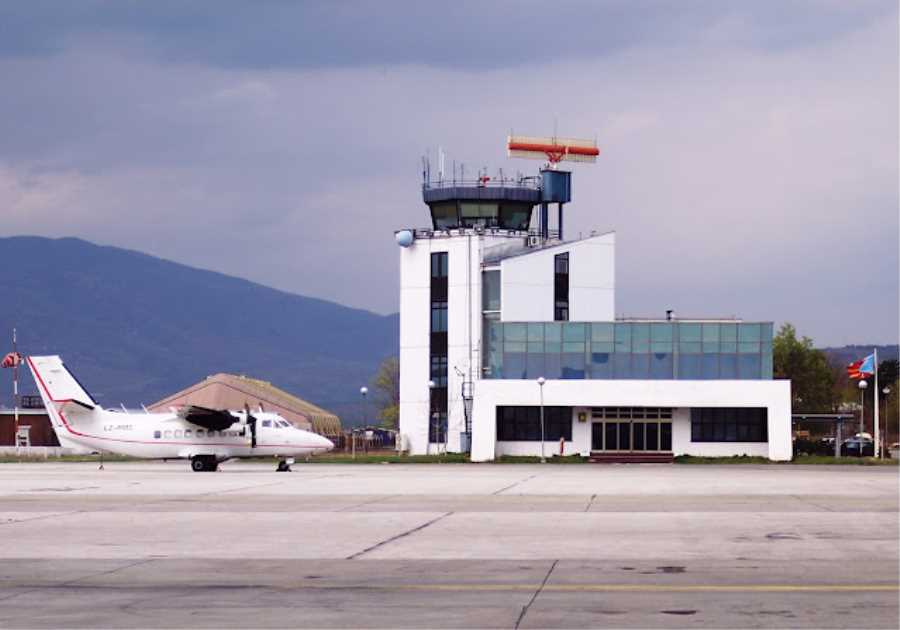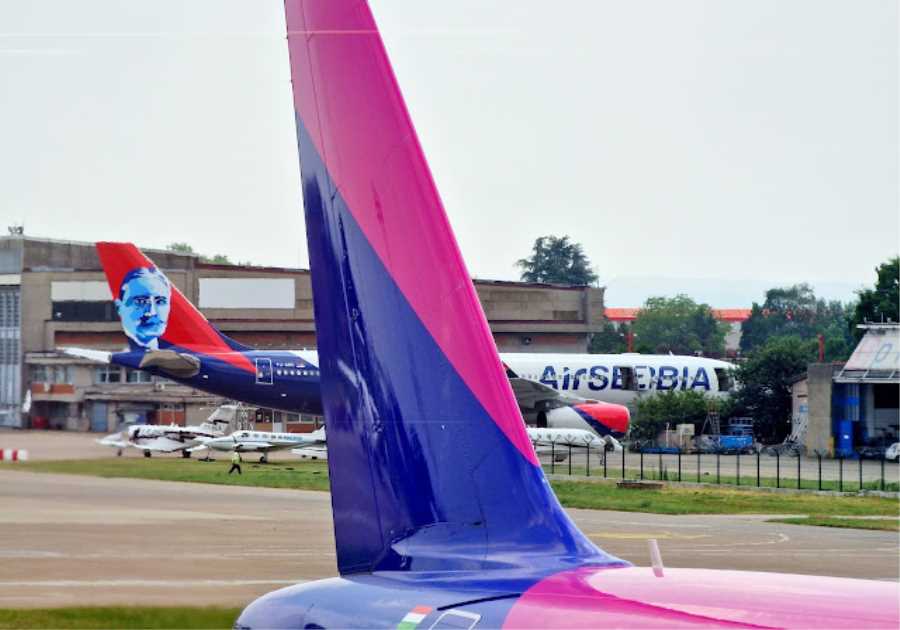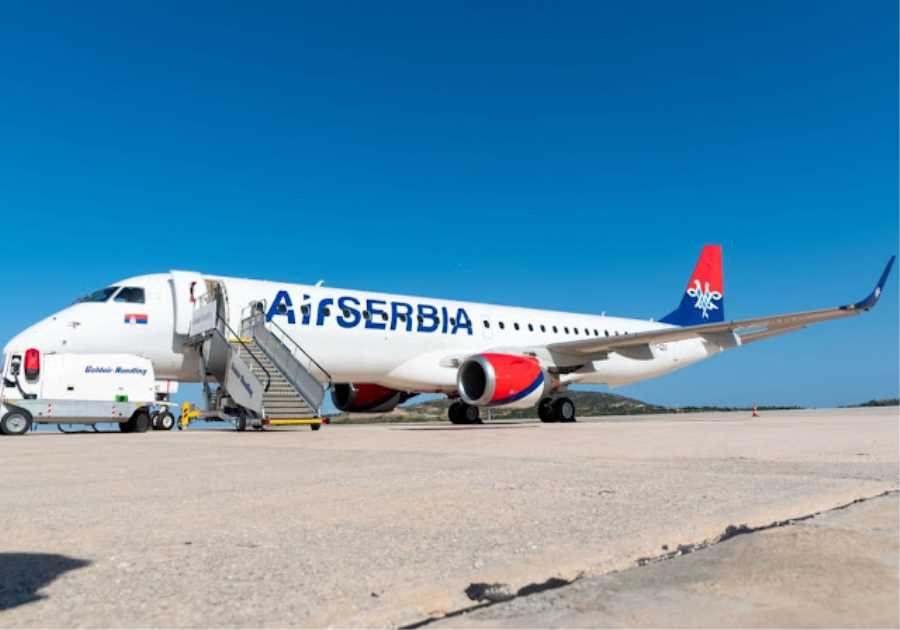HOSTED BY: https://1airtravel.com
TODAY'S READ
*Originally posted on travelradar.aero - the leading aviation news source*
British Airways offers a carbon removal scheme and makes new discoveries to help the environment. Starting this year, the British airline is inviting its passengers to support carbon dioxide elimination projects. You do this by buying carbon removal credits, either before, during, or after flying.
Announced in a British Airways press release, the carbon removal credit aims to support projects aimed at preventing or eliminating emissions. This initiative is different from emission-oriented carbon offsets.
In the early stages, there are two projects listed as donation targets for British Airways, namely planting mangroves in Pakistan and “capturing” the remaining carbon from a biomass power plant in the United States.
In order to maintain quality, these two projects are claimed to have been certified by an independent institution. The mangrove project is certified by the VCS (Verified Carbon Standard) and CCB (Climate, Community, and Biodiversity Standards), while carbon is captured by Puro.
Passengers must first open the CO2laborate portal and compute their flight’s emissions in order to purchase carbon removal credits. After that, passengers can buy credits according to the emissions they produce.
“In 2019, as we committed to achieving our target of net zero carbon emissions by 2050, we found carbon removals to be vital to meeting that agenda,” said Carrie Harris, British Airways Director of Sustainability. “
Wind farm at dusk with the kind of vibrant and colorful sunsets that only the Pacific Northwest can produce. © Dan Meyers
The solution to redeem the “sin” of tourism
The aviation industry is one of the biggest contributors to carbon emissions. According to the Air Transport Action Group (ATAG), airlines exhaled 915 tons of CO2 in 2019. This figure decreased slightly from 2018, partly due to improvements to modern jet engines. Many fleets are now more efficient, and because of that, emission levels can be reduced even though the number of passengers increases.
In the transportation category, aircraft represent about 12 percent of total global modal emissions. The proportion is much smaller than land vehicles, which spray 74 percent of emissions. Even so, 12 percent remains monumental for a warming earth. That is why many airlines are committed to being more environmentally friendly.
There are many initiatives taken by airline operators to reduce their impact on nature. In addition to purchasing more fuel-efficient fleets, some airlines have banned plastic cutlery, used amenity kits made from recycled materials, and advised passengers to pre-order their in-flight meals to reduce waste. Specifically for emission problems, one of the most popular solutions is carbon offsets.
What is the definition of carbon offset?
In its technical translation, “carbon offset” is an act of compensating for emissions by supporting activities that reduce emissions. To use a loose analogy, after you commit a “sin,” you pay someone else for the “merit.”
Carbon offset funds come from two sources. First, set aside airline operating income. Second, it is collected from passenger donations—and this is what differentiates it from other “green” initiatives: the public can get involved.
In history, carbon offset was initiated in the 1970s. Realizing that the earth is increasingly precarious, this scheme was standardized in the Kyoto Protocol in 1997 and confirmed by the 2015 Paris Agreement. In essence, countries are asked to set targets and methods for reducing emissions. Its big mission is to maintain a maximum increase in the earth’s temperature of only 1.5 degrees in 2030.
Specifically for the world of aviation, carbon offsets began to be implemented in the early 2000s. NatureAir was one of those who did this in 2004. This Costa Rican airline bought carbon credits from the government, where the funds were used for forest protection. Three years later, Delta launched a carbon offset program.

From the passenger side, the biggest problem with carbon offsets is the lack of interest. © shawnanggg
How do passengers compensate for emissions?
Specifically for the aviation world, the prospects for carbon offsets are still bleak. This program, according to IATA, is only offered by around 30 airlines. Carbon offsets still depend on the concerns of each airline, even though conditions will change in the future. Referring to the Carbon Offsetting and Reduction Scheme for International Aviation (CORSIA), international airlines are encouraged to start carbon offsets in 2021. Starting in 2027, the majority of countries are required to apply this to all their airlines.
That’s a problem from the airline side. From the passenger side, the biggest problem with carbon offsets is the lack of interest. According to IATA estimates, only one to three percent of passengers are willing to compensate for their emissions voluntarily. The root of the problem may not be ignorance or skepticism, but rather that many airlines simply do not offer a practical way to do good.
Until now, airlines have not integrated the carbon offset donation method into the ticket purchase process. You have to find a special carbon offset page to do this. On many airline websites, it is easier to find hotel or rental car recommendations than emission compensation channels.
A practical solution to promoting carbon offsets is to include an emission cost component in the ticket price. Global warming is difficult to overcome by relying on voluntary donations from passengers, let alone airline imagery. Perhaps merit must be forced.
Tell us what you think!
**CONTENT ORIGINATED FROM TRAVELRADAR.AERO***https://travelradar.aero*
By: Karina AnandyaTitle: British Airways Offers Carbon Removal Scheme
Sourced From: travelradar.aero/british-airways-offers-carbon-removal-scheme/
Published Date: Sun, 08 Jan 2023 20:00:14 +0000






